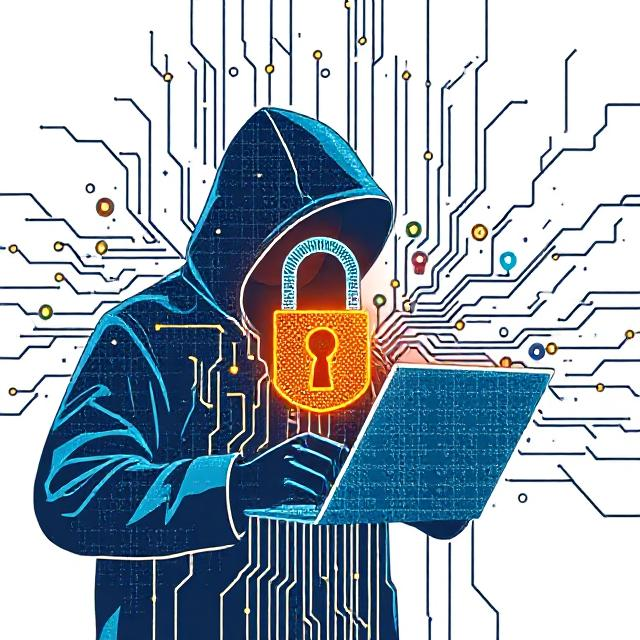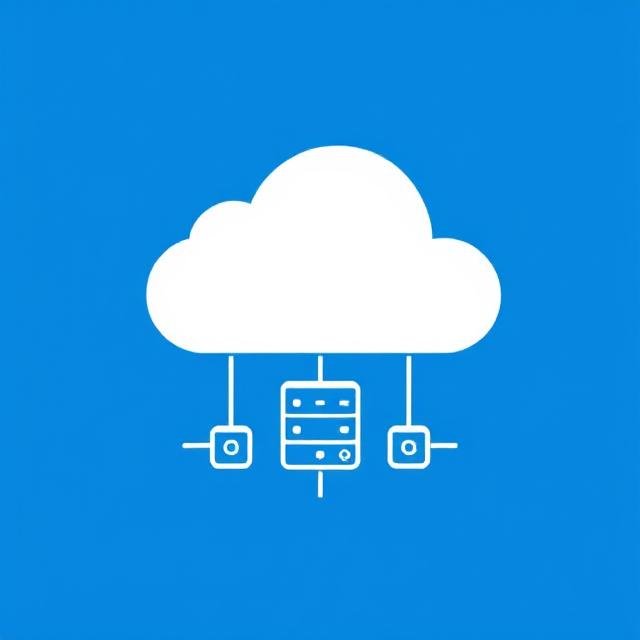How to Safeguard Your Sensitive Information

How to Safeguard Your Sensitive Information
Why Your Business Data is a Target for Hackers (And How to Defend It)
Data is the backbone of any successful business. Without proper security measures, hackers can easily steal sensitive information, potentially shutting your operations down. Cybercriminals are among the most significant threats to businesses today. They not only access your funds and accounts but can also disrupt critical systems, hindering client collaboration.
While no organization is immune to hacking, small and medium-sized businesses (SMBs) are especially vulnerable. Why? Many SMB owners overlook cybersecurity when starting their companies. Some settle for the first IT service provider they find, while others lack awareness of how to protect against online threats. This makes them easy targets for cyberattacks. Unfortunately, the fallout from data breaches often forces these businesses to close.
This is a risk no business can afford to ignore. To help you combat this threat, we’ll explore the different types of hackers and outline actionable steps to safeguard your company’s data.
The 5 Types of Hackers Threatening Your Business
Hackers come in many forms, each with different motives. Here’s a breakdown of the types of hackers to watch out for and what they’re after:
1. Hackers Targeting Personal Information
These hackers aim to steal sensitive personal data, such as birthdates, financial details, and Social Security numbers. Social Security numbers are particularly valuable because they can be used for identity theft, tax fraud, opening credit accounts, and other malicious activities. Financial data is also at risk, often exploited for fraudulent transactions if not properly secured.
2. Hackers Exploiting Digital Infrastructure
Storage and servers are expensive, and some hackers look to hijack your infrastructure to save costs. They may store their own data or applications on your systems, overwhelming your network and causing operational disruptions. Tech companies are frequent targets because of their robust infrastructure. Signs of this type of attack include sudden storage shortages, network slowdowns, or unknown devices appearing on your network.
3. Hackers Seeking Confidential Information
Intellectual property (IP) is a goldmine for hackers. If they steal product designs, trade secrets, or unreleased innovations, competitors could gain an unfair advantage by launching similar products faster. This not only undermines your competitive edge but also damages your market position.
4. Hackers Targeting Account Credentials
Even if financial data is secure, employee accounts can still be vulnerable. Compromised credentials—especially those of executives like the CEO—can allow hackers to impersonate key personnel, run scams, or extract sensitive information. Such breaches can lead to reputational damage, operational chaos, and loss of trust among employees and clients.
5. Hackers Taking Over Entire Networks
Some hackers aren’t interested in stealing data—they aim to take control of your entire network. Ransomware attacks are a common method, locking you out of your systems until a ransom is paid. These attacks often start with phishing emails, malicious ads, or spam. While the average ransom demand is around $30,000, the real cost lies in business disruption and lost productivity.
How to Protect Your Business from Cyber Threats
Now that you understand how hackers can compromise your business, here are five effective strategies to safeguard your company:
1. Invest in Strong Security Resources
Many business owners underestimate the importance of cybersecurity investments. Avoid this mistake by dedicating sufficient time and resources to build robust defenses. Partner with a reliable IT service provider to secure your accounts, hardware, and network. A proactive approach ensures better protection for your digital assets.
2. Train Your Employees
Employees are often the weakest link in cybersecurity. To address this, HR managers and CEOs should prioritize regular security training. Conduct annual workshops or training sessions to educate staff on best practices for both office and remote work. Remind them that any device used for work—phones, laptops, etc.—can be a potential entry point for hackers. Building a culture of security awareness can significantly reduce risks.
3. Enable Two-Factor Authentication (2FA)
Two-factor authentication is a simple yet powerful tool to fend off hackers. Require 2FA for all business-related accounts to add an extra layer of security. Encourage employees to enable it on their personal accounts as well, reducing the likelihood of compromised devices and data breaches.
4. Use Antivirus Software
Hackers often rely on viruses and malware to infiltrate systems. Combat this by keeping your antivirus software up to date. Consider investing in corporate-grade solutions from trusted providers like BitDefender, Norton, McAfee, or Total AV. Ensure every device accessing your network is protected, and schedule weekly scans to detect and eliminate potential threats.
5. Conduct Regular Security Audits
Regular system checks are essential for maintaining strong cybersecurity. While antivirus software is helpful, manual audits by your IT team are equally important. Monitor who accesses your network, verify authorization for each access point, and investigate any suspicious activity. Addressing red flags promptly can prevent costly breaches.
Stay Protected
While cybersecurity may not be the most exciting part of running a business, neglecting it leaves your company vulnerable to attacks. Data breaches can result in financial losses, reputational damage, and operational disruptions.
Though no solution is foolproof, implementing these strategies provides a solid foundation for protecting your business.





